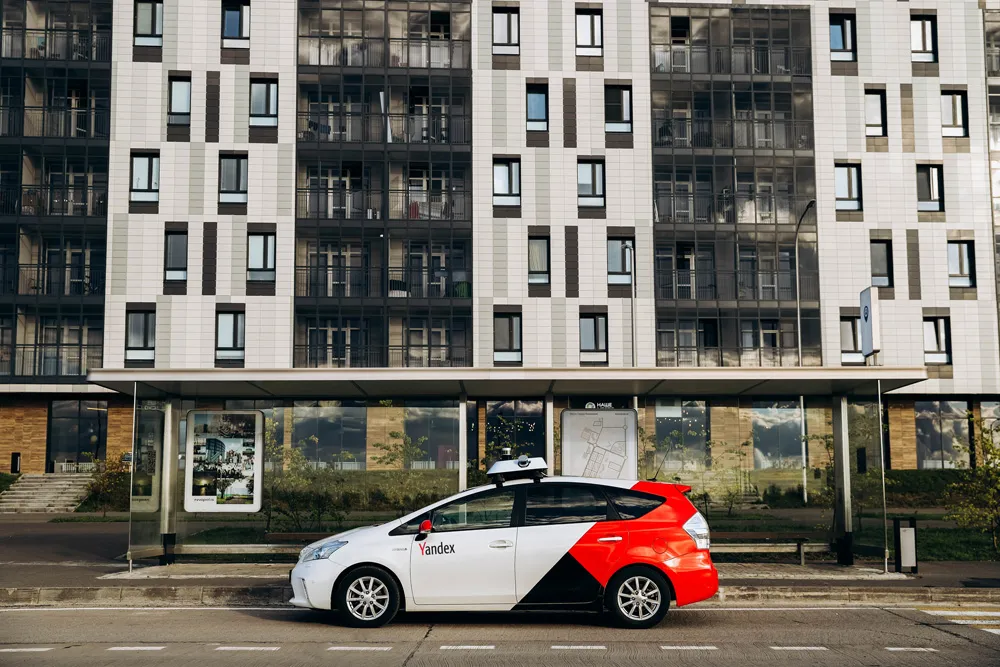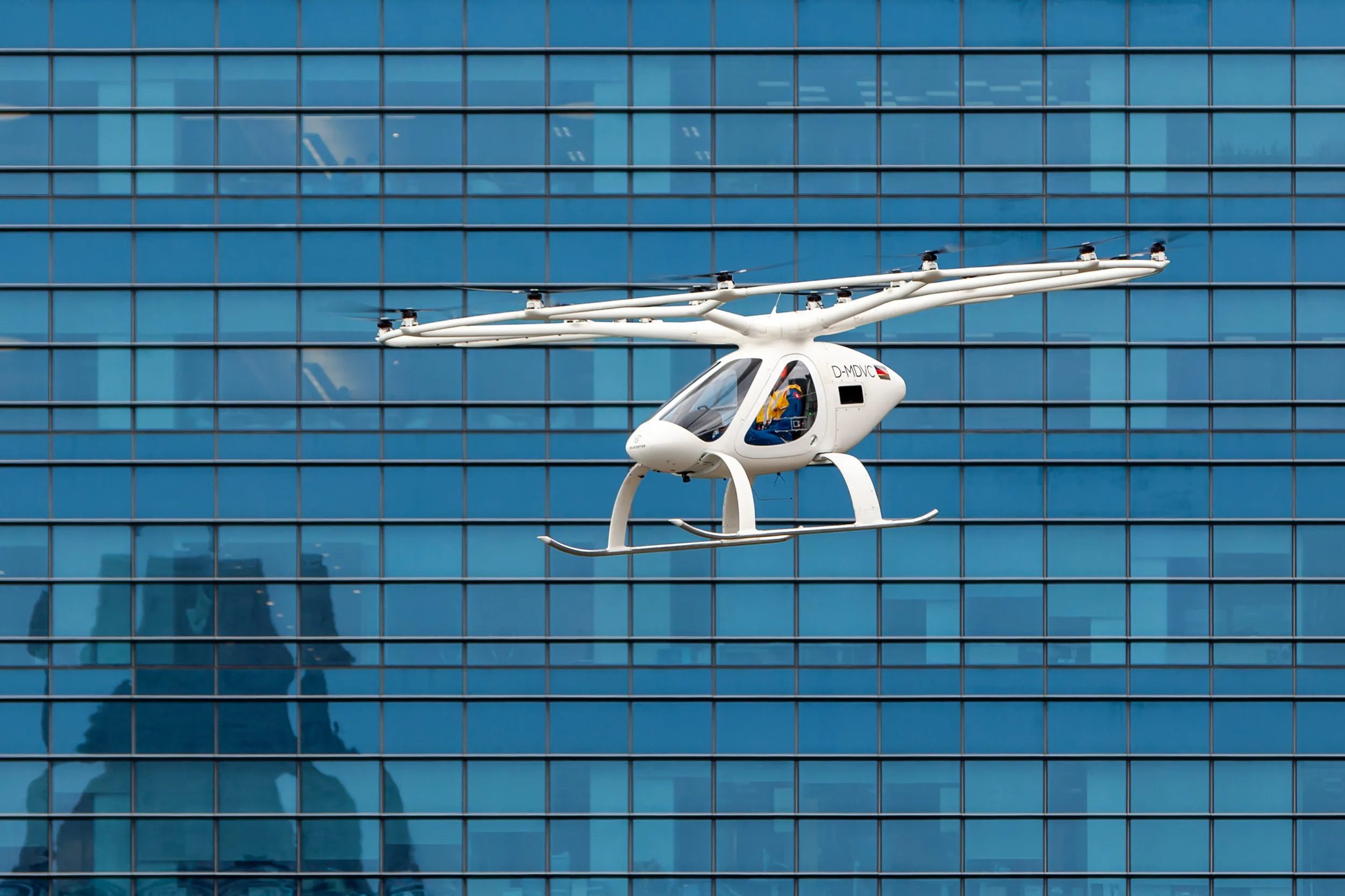Ingolv Bru, manager business development at Indra, claims an efficient transport system based on drones – including autonomous ones - could reduce carbon dioxide emissions by as much as 25%.
“But a safe and efficient management system for drone traffic in urban environments is crucial to realising this ambition," Bru adds.
The two-year Pilot T project will investigate the definition of traffic corridors for unmanned flight, the integration of various electronic and optical sensors into the system, communication requirements, integrity and safety, as well as effective human machine interface models.
Indra, through its Norwegian subsidiary Navia, will deploy a framework UTM system at Andøya Space Center to test and certify the system. The University of South-Eastern Norway will provide analyses of the human factors involved in maintaining routine unmanned air traffic. The company says the Norwegian Civil Aviation Authority will serve as a ‘dialogue partner’ for the certification of the solution.










